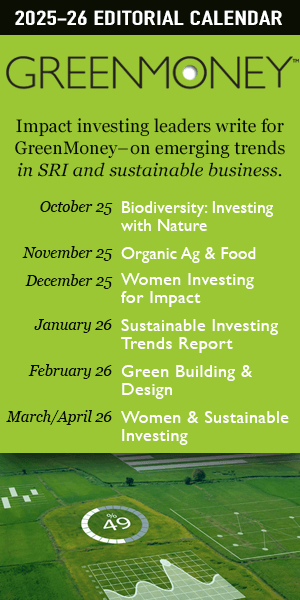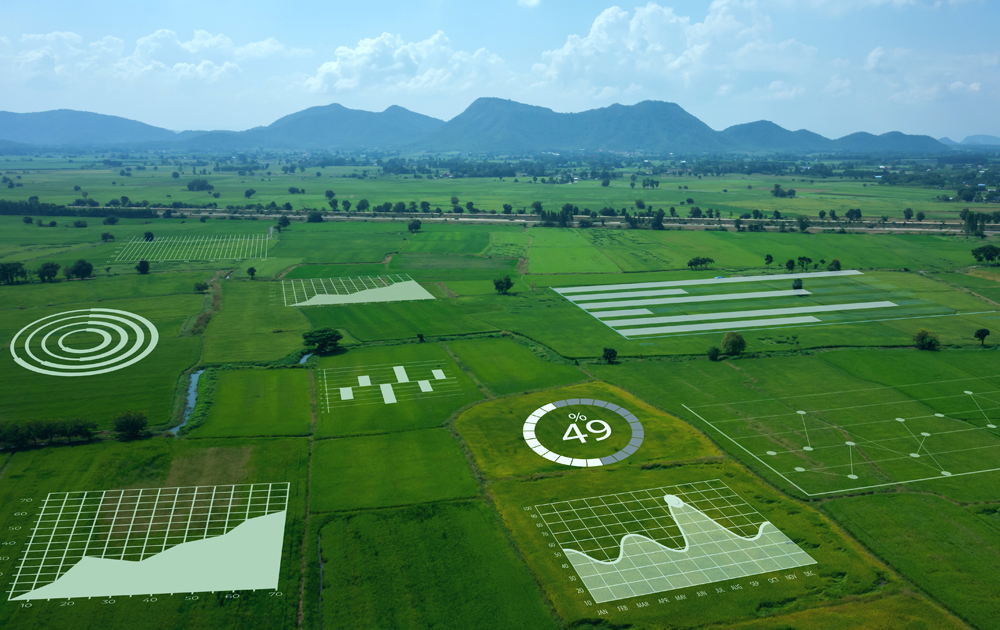 Food: A Current Snapshot
Food: A Current Snapshot
Our global food system accounts for 30% of the world’s greenhouse gas emissions. Included in that is food waste which constitutes 8% and animal agriculture which is 18% of the world\’s total greenhouse gas emissions.
Also 32% of the world’s methane emissions come primarily from the supply chain of cows and sheep, but also from pigs, according to the United Nations Environment Programme (UNEP). It would be hard to significantly impact climate change without addressing a number as large as 32%, especially since methane is one of the more powerful emissions.
While cow burps are often cited as a source of methane as the jokes commonly note, a substantial portion of these emissions is also due to deforestation required to grow crops for animal feed. These animals need food in addition to other critical resources such as land, water, and time.
Ironically, we often think we cut down trees to grow food filled with protein and fiber for people. But we don’t. We deforest the planet and destroy biodiversity, in part, to grow food for a resource-masticating middleman: animals. We don’t feed them once; we feed them for their entire lifetimes. This is why animal factories are a leading causes of deforestation and biodiversity loss according to the UNEP: it must continually clear forests to grow food for 80 billion factory animals.
In short, it turns out that we are great at feeding animals, but we are bad at feeding people, particularly as the population grows and the natural resources don’t.
Feeding animals instead of people is not just inefficient and a bad business equation (it takes 25-35 calories of feed to get 1 calorie of cow, furthering the need for deforestation to grow more crops), but this supply chain is also lengthy. This leaves a large environmental footprint.
Recently, a New York Times article noted that the environmental cost of beef is $22.05 for a $5.34 meat portion. That is 413%. For cheese it is $3.76 for a $3.74 portion (101%). Chicken is $1.83 to $2.20 (83%). Chickpeas and tofu environmental to portion costs are $.74 to $1.46 (51%) and $.21 to $2.42 (9%), respectively.
As we can see, these destructive, inefficient and long supply chains are an expensive endeavor. The damage from the overall food system of which animal protein plays a major role represents approximately $12.7 trillion in externalized costs to the consumer, according to the Food and Agricultural Organization of the United Nations (FAO). This is 10% of global GDP.
Despite this incredibly large footprint on our planet, sustainable food systems transformation driven by innovation currently receives 2.5%-4.8% of Climate funding, according to the Word Bank.
Investors take note: this is changing, setting the stage for investing momentum. Where there is inefficiency, there is an opportunity for wealth creation.
The Path Forward
Given the business inefficiencies, the growing concerns regarding producing enough food for a global population using our resource intensive system and the mounting negative impacts from the food system on the planet, blended capital investment (philanthropic, government, venture capital, and public markets) is beginning to flow into food systems transformation. Family offices, governments, and investors around the world — 99% of whom aren’t vegan and have no intention of ever becoming vegan — are looking to make a true impact and understand that protein diversification, complementing animal protein, is a powerful way to do so. Here are three key reasons:
- Inexpensive: The World Bank, as noted at COP28, is calling for $450-$650 billion in food systems transformation each year for the next 10-15 years. By contrast, according toSenior Energy Analyst Robert Barnett at Bloomberg Intelligence, novel energy innovation needs $3 trillion a year for the foreseeable future. $650 billion yearly is a lot less than $3 trillion. As a simple example, fermenting proteins (using techniques similar to fermenting beer and other foods) isn’t that much of a leap, whereas re-electrifying the grid for EVs is a much larger undertaking. Thus, compared to other green technologies, diversified proteins are a less expensive innovation.
- Easy(ier): A foundation for much of the technology of complementary proteins (also referred to as diversified proteins) already exists. Yes, the innovation curve in plant-based innovation and fermented proteins is in its infancy, and improvements are constantly occurring. Yes, more innovation is needed for precision fermentation and cultivated meat. However, there is a solid base in the sector from which to grow quickly and make an impact, making it easier to implement.
- Quick Impact: Inexpensive and easy solutions mean faster impact compared to other green sectors. Since diversified proteins innovation means reducing methane, one of the most potent greenhouse gases, the results could be significant and short-term. The Climate Bond Initiative measures the impact of investing in diversified proteins as has the Boston Consulting Group, which found diversified proteins are 3x-40x more impactful at reducing greenhouse gas emissions than other green technologies.
At VegTech™ Invest, we see this as an enormous business and investment opportunity. Simply put, we could live without cars if we had to. We can’t live without food and protein. The way we produce protein now is unsustainable with our current natural resources and growing population. This is why, through our public markets, food systems transformation ETF, we invest in 35+ best-in-class, leading companies that are innovating for a more efficient and regenerative food system, positively impact food insecurity, Climate Change and biodiversity loss. Companies such as Ingredion, Givaudan, and Novonesis are examples.
The Biggest Hurdle
If reducing methane emissions and the overall environmental impact of our food sector is so inexpensive, easy, and impactful, why haven’t we done it already? What could divert us from implementing this low-hanging fruit?
The biggest hurdle isn’t consumers, as is commonly thought. The biggest hurdle is the American meat lobby’s power over politicians and the media. This influence ensures that government funding is slow and misinformation among consumers is rampant. Anecdotally, for example, I was in an interview when someone told me, “Consumers don’t like the taste of Beyond Meat.” I said, “I do, and I know many who do.” He responded, “I do, too, but I read it somewhere.” In short, negative campaigns from the meat lobby had this panelist second-guessing his own tastebuds and experience. Wow, that’s power!
It is important to note that EVs didn’t take over the roads in one day, and meat isn’t going away anytime soon. In other words, no, the world is not going vegan. There’s no need to panic. This isn’t an ‘either or’ situation. Meat will still be around: both 1) regenerative meat—expensive and very little of it, mostly feeding the wealthy, and 2) factory meat—inexpensive, subsidized, and what most people eat even when they think they are eating something better. Both will still exist.
However, allowing consumers to rotate in sustainable, complementary protein options and reduce their meat intake with other tasty items will reduce the pressure on the planet and our natural resources. This keeps us moving forward, not backward, in the fight against Climate Change. If the meat lobby could be kept at bay, this diversification could happen relatively quickly and easily, providing meaningful change, expanded consumer choice, and maintaining America’s relevancy in food innovation and resiliency, a new priority of the Department of Defense.
Even better is that this represents an enormous business opportunity and investment case along the entire supply chain: AgTech, bio-technology, regenerative ingredients, flavor and texture innovations and consumer packaged goods, as we believe at VegTech™ Invest. As more blended capital dollars flow to R&D for complementary proteins ameliorating the entire supply chain and regenerative practices, more of the $9.1 trillion total food market ($1.4 trillion meat market) is addressed.
As a Cargill executive shared with me after the company changed their name from a meat company to a general protein company, in paraphrase, “We don’t know when the food system will shift, but when it does, it will go quickly.”
Mahesh Roy of IIGCC, an investor organization focused on Climate Change, noted that capital will flow from the private sector into food transformation as it has into the energy sector. As paraphrased, “Keep it simple. Show people the data around the inefficiency of the current food system and they will find the opportunity to make money. Show them the added benefit of impact and the trillions will flow.”
Article by Elysabeth Alfano, CEO of VegTech™ Invest, Advisor to a food innovation ETF, and the voice of sustainability for the New York Stock Exchange, hosting the Upside & Impact: Investing for Change podcast.




















